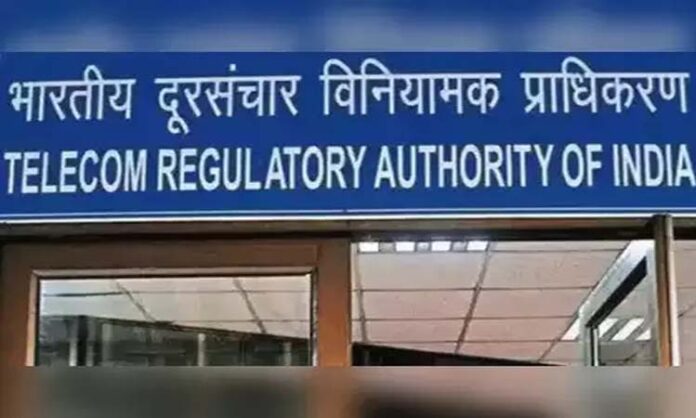The Telecom Regulatory Authority of India (TRAI) has today released a Consultation Paper (CP) on “Formulating a Digital Radio Broadcast Policy for private Radio Broadcasters”.
At present, analogue terrestrial radio broadcast in India is carried out in Medium Wave (MW) (526–1606 KHz), Short Wave (SW) (6–22 MHz),and VHF-II (88–108 MHz) spectrum bands. VHF-II band is popularly known as FM band due to deployment of Frequency Modulation (FM) technology in this band. All India Radio (AIR) – the public service broadcaster -provides radio broadcasting services in MW, SW and FM bands. Private sector radio broadcasters are licensed to transmit programs in FM frequency band (88-108 MHz) only.
Digital Radio broadcasting will provide a number of advantages over analogue radio broadcasting. The major advantage of Digital Radio broadcasting is capability of broadcasting three to four channels on a single frequency carrier, while ensuring excellent quality of audio for all the channels, whereas in the analogue mode only one channel broadcasting is possible on a frequency carrier. In a competitive environment, digital radio broadcasting can provide exciting new opportunities to radio broadcasters as well as a host of value-added-services to the listeners.
All India Radio (AIR) has initiated digitization of its analogue MW and SW radio broadcast network and replaced its existing 38 analogue transmitters with digital transmitters. AIR has conducted trials for digital radio technologies in FM band also. However, any initiative in digitization of FM band by private FM radio broadcasters is still awaited.














